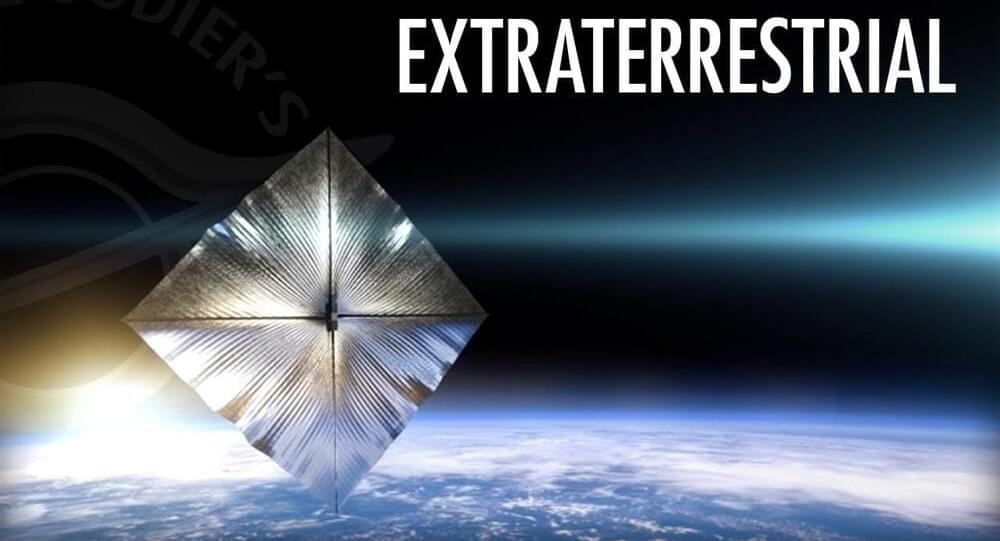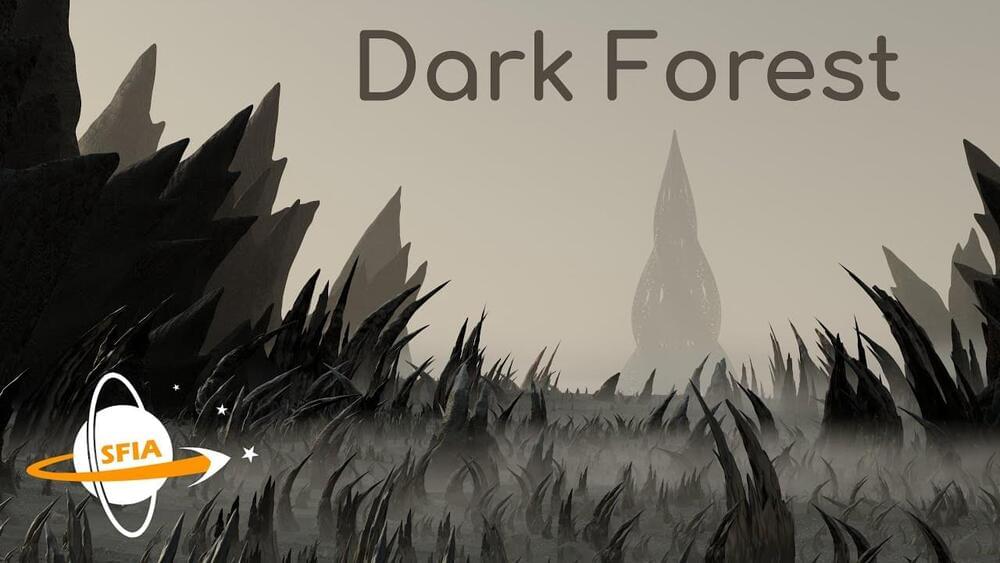Jan 19, 2023
Our Solar System may be surrounded by a halo of 10 million interstellar objects
Posted by Atanas Atanasov in category: space
A recent model suggests that passing interstellar objects should get pulled into our Sun’s orbit fairly often.
A recent model suggests that passing interstellar objects should get pulled into our Sun’s orbit fairly often.
NOIRLab.
The image, taken by the Dark Energy Camera (DECam) on the NSF’s NOIRLab’s Víctor M. Blanco 4-meter Telescope at Cerro Tololo Inter-American Observatory (CTIO) in Chile, is viewable online. Anyone can zoom in on the ten terabytes of data made up of 21,400 individual exposures.
A group of astronomers has snapped what is described as the most detailed image of the Moon ever snapped from the surface of Earth.

We live in an era of renewed space exploration, where multiple agencies are planning to send astronauts to the Moon in the coming years. This will be followed in the next decade with crewed missions to Mars by NASA and China, who may be joined by other nations before long. These and other missions that will take astronauts beyond Low Earth Orbit (LEO) and the Earth-Moon system require new technologies, ranging from life support and radiation shielding to power and propulsion. And when it comes to the latter, Nuclear Thermal and Nuclear Electric Propulsion (NTP/NEP) is a top contender!
NASA and the Soviet space program spent decades researching nuclear propulsion during the Space Race. A few years ago, NASA reignited its nuclear program for the purpose of developing bimodal nuclear propulsion – a two-part system consisting of an NTP and NEP element – that could enable transits to Mars in 100 days. As part of the NASA Innovative Advanced Concepts (NIAC) program for 2023, NASA selected a nuclear concept for Phase I development. This new class of bimodal nuclear propulsion system uses a “wave rotor topping cycle” and could reduce transit times to Mars to just 45 days.
Continue reading “New Nuclear Rocket Design to Send Missions to Mars in Just 45 Days” »
Hydrogen is a key building block of the cosmos. Whether stripped down to its charged core, or piled into a molecule, the nature of its presence can tell you a lot about the Universe’s features on the largest of scales.
For that reason astronomers are very interested in detecting signals from this element, wherever it can be found.
Now the light signature of uncharged, atomic hydrogen has been measured further from Earth than ever before, by some margin. The Giant Metrewave Radio Telescope (GMRT) in India has picked up a signal with a lookback time – the time between the light being emitted and being detected – of a huge 8.8 billion years.

In this interview with Avi Loeb, the Frank B. Baird, Jr., Professor of Science and astrophysicist at Harvard University, he explains why in his new book, Extraterrestrial: The First Sign of Intelligent Life Beyond Earth, he has put forth the theory that our first interstellar visitor to be spotted in our solar system, Oumuamua, might just be the first sign of intelligent life beyond earth.
Extraterrestrial: The First Sign of Intelligent Life Beyond Earth https://amzn.to/2LiIxoo affiliate link.
Continue reading “Why Oumuamua May Have Been The First Sign of Intelligent Life with Dr. Avi Loeb” »

Go to https://nordvpn.com/isaacarthur to get a 2-year plan plus a bonus gift on top. It’s risk-free with Nord’s 30-day money-back guarantee!
When we look up into the night skies, all we see is absence and silence, but could our galaxy be a dark forest full of hidden predators waiting to consume us?
Visit our Website: http://www.isaacarthur.net.
Join Nebula: https://nebula.tv/isaacarthur.
Support us on Patreon: https://www.patreon.com/IsaacArthur.
Support us on Subscribestar: https://www.subscribestar.com/isaac-arthur.
Facebook Group: https://www.facebook.com/groups/1583992725237264/
Reddit: https://www.reddit.com/r/IsaacArthur/
Twitter: https://twitter.com/Isaac_A_Arthur on Twitter and RT our future content.
SFIA Discord Server: https://discord.gg/53GAShE
Continue reading “The Dark Forest, Aliens, and a Hostile Galaxy” »
The largest moon of Saturn is an unique habitat in our Solar System. It appears to be a world different from our own, with its methane-filled lakes, freezing volcanoes, and underground tunnels.
However, Titan’s first geomorphological map demonstrates that, while its landscape is spectacular and diverse, these elements actually make it surprisingly similar to Earth.
Chinese scientists precisely confirmed the latest volcanic activity on moon happened about 2 billion years ago after they studied the lunar samples collected by Chang’e-5 lunar probe in 2020.
The outcome was announced by the China National Space Administration on Monday.
In 2021, a team of scientists carried out researches on the volcanic rock, which is a type of basalt to help indicate the time of volcanic activity occurred, from the lunar samples and proved that the volcanic activity continued until 2 billion years ago, a new refresh for human beings toward the lunar magmatic activity and the lunar evolution.